Work injuries can happen unexpectedly, leaving individuals in physical pain and facing financial challenges. If you’ve been injured on the job, it’s important to understand who may be legally responsible for your injury and how you can seek compensation for your damages. At Core Medical Center, we specialize in assisting individuals with Occupational Injury Claims Blue Springs, providing comprehensive medical care and support throughout the legal process. Let’s explore the factors that determine legal responsibility for work injuries and how Core Medical Center can help you navigate your recovery and claim.
- Employer Liability
- Third-Party Liability
- Workers’ Compensation
- Negligence
- Medical Treatment and Rehabilitation
Employer Liability:
Employers often have a legal duty to keep their employees safe while they work. This means they must have safety measures in place, provide training, and deal with any risks or dangers in the workplace. If an employer doesn’t do these things and a worker gets hurt, the employer can be held responsible for the injury. At Core Medical Center, we can help you gather evidence and record your injury so you can make a claim against your employer.
Third-Party Liability:
In addition to employers, third parties such as contractors, property owners, or equipment manufacturers may also be held liable for work injuries under certain circumstances. For example, if a worker is injured due to a defective piece of equipment or unsafe conditions on a job site that are the responsibility of a third party, the injured worker may have grounds to pursue Occupational Injury Claims against that party. Our experienced team at Core Medical Center can help identify all potentially liable parties and work to hold them accountable for your injury.
Workers’ Compensation:
In several states, like Missouri, there are laws in place that offer workers’ compensation benefits to employees who get injured while working. These benefits usually cover medical costs, lost wages, and disability benefits. Workers’ compensation is a system where fault doesn’t matter, meaning that injured workers are eligible for benefits regardless of who caused the injury. At Core Medical Center, we can assist you in understanding and going through the workers’ compensation process.
Negligence:
In some cases, work injuries may occur due to the negligence of a coworker or supervisor. For example, if a coworker fails to follow proper safety procedures, resulting in an injury to another worker, the negligent coworker may be held legally responsible for the injury. Our team at Core Medical Center can assist you in documenting the circumstances of your injury and pursuing a claim against the negligent party.
Medical Treatment and Rehabilitation:
Regardless of who is legally responsible for your work injury, it’s crucial to seek prompt medical treatment to address your injuries and begin the recovery process. At Core Medical Center, we offer comprehensive medical care for individuals with work injuries, including evaluation, diagnosis, treatment, and rehabilitation services. Our skilled team of healthcare experts will collaborate closely with you in order to devise a customized treatment strategy that caters to your unique requirements and aspirations.
In conclusion, determining legal responsibility for a work injury involves evaluating various factors, including employer liability, third-party liability, workers’ compensation laws, negligence, and more. If you’ve been injured on the job, it’s essential to seek medical treatment promptly and consult with professionals who can guide you through the legal process. At Core Medical Center, we’re dedicated to providing support for individuals with Occupational Injury Claims Blue Springs, and we’re here to help you every step of the way.

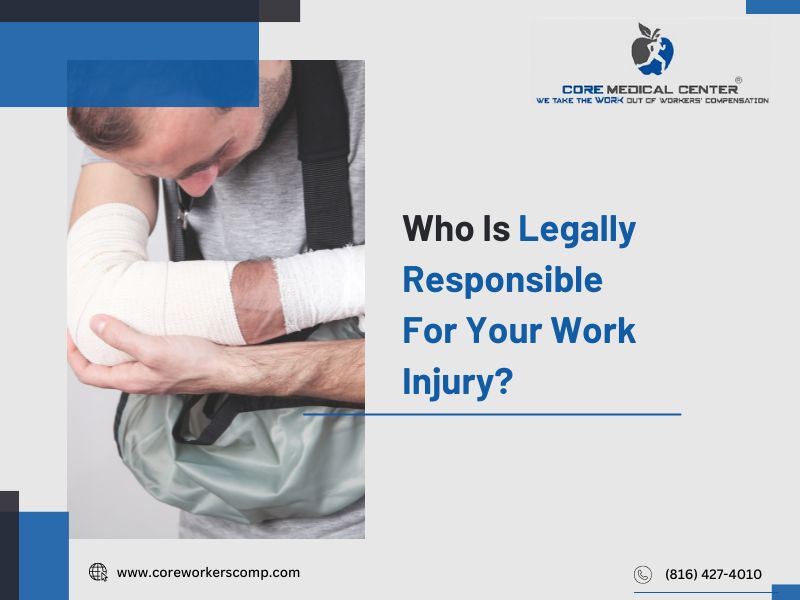
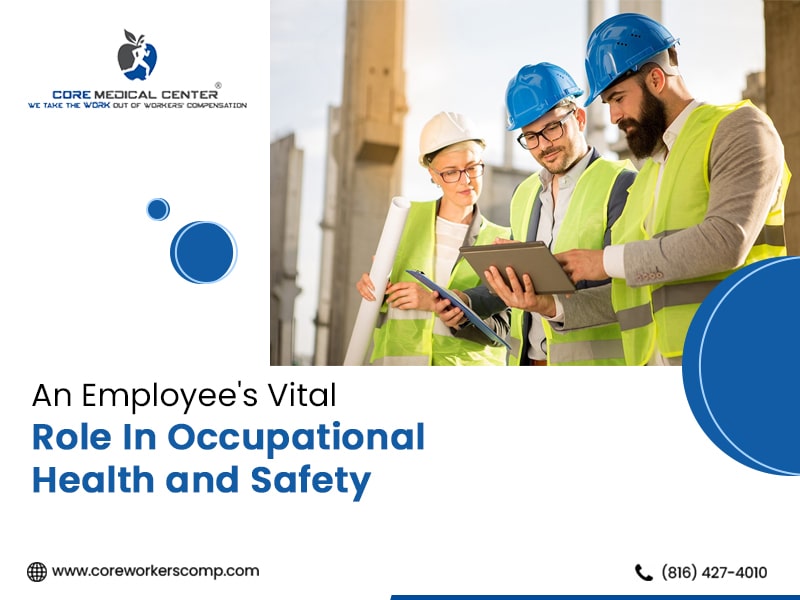
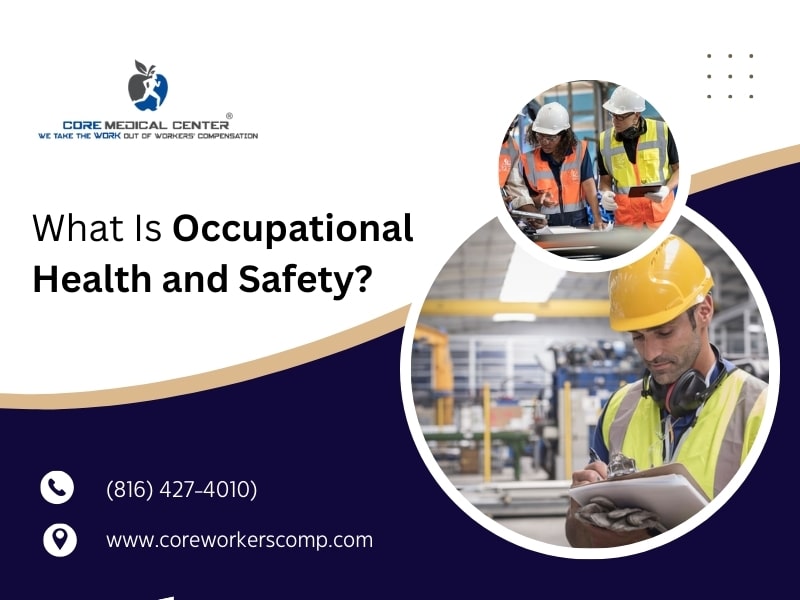
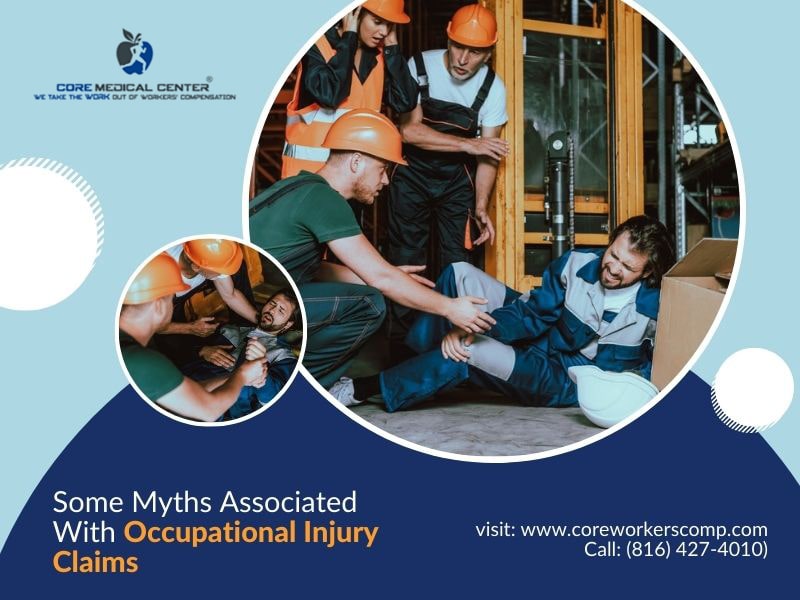
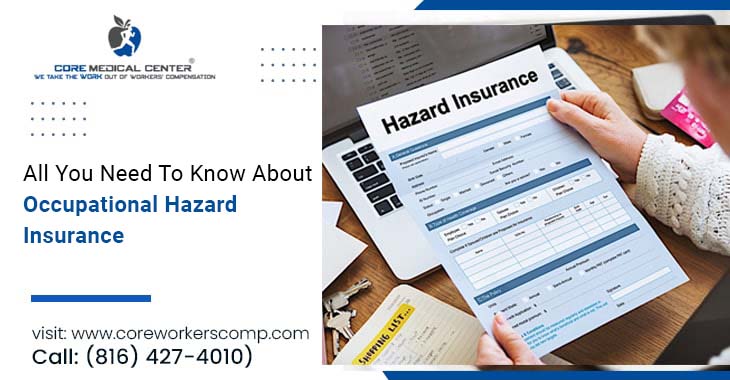
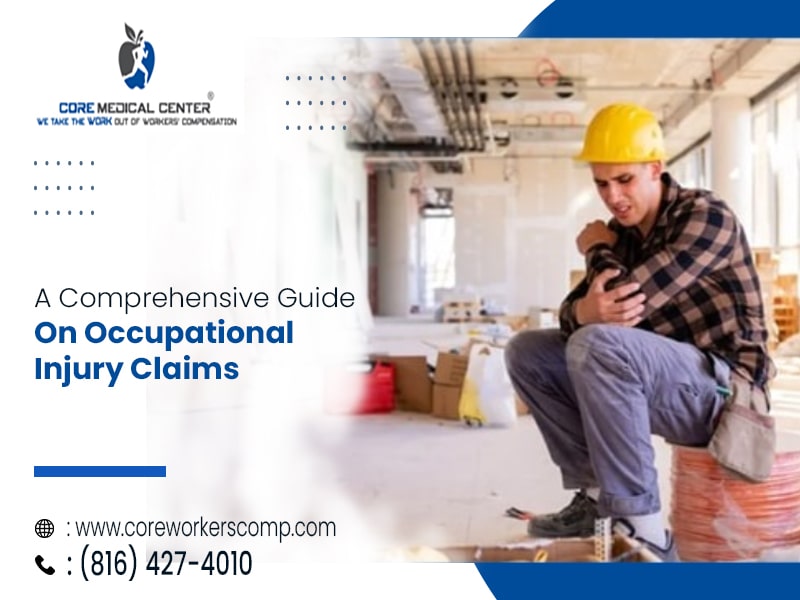
Recent Comments